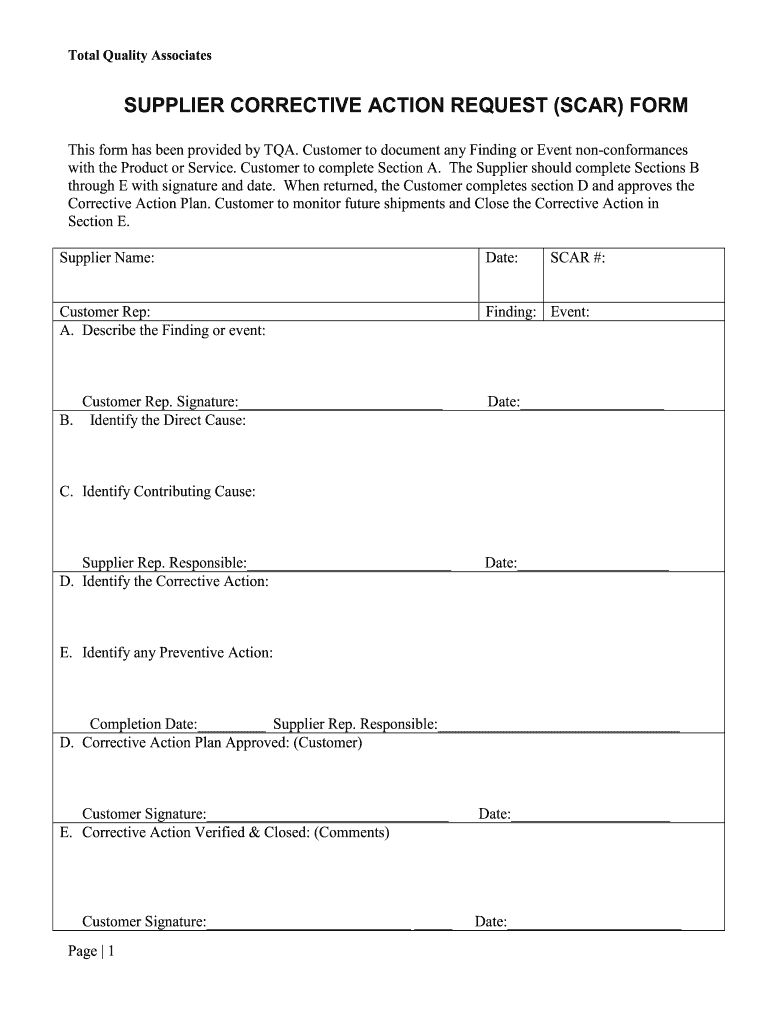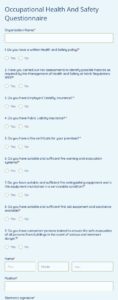Utilizing such a form promotes accountability and transparency throughout the remediation process. It helps organizations maintain a record of identified issues, implemented corrective actions, and verification of effectiveness. This documentation can be crucial for audits, regulatory compliance, and continuous improvement initiatives. Furthermore, it can contribute to preventing recurring problems and improving overall organizational efficiency.

The following sections will delve deeper into the key components of these forms, practical examples of their application in different contexts, and best practices for implementation and utilization within an organization.
Key Components of a Corrective Action Request
Effective remediation requires a structured approach. Several key components ensure comprehensive documentation and facilitate efficient resolution.
1. Problem Description: A clear, concise, and factual description of the identified issue is crucial. This section should detail the observed problem, its impact, and when it was discovered.
2. Root Cause Analysis: Identifying the underlying cause of the problem is essential for effective remediation. This section should explain how the problem originated and contributing factors.
3. Corrective Action Plan: Specific, measurable, achievable, relevant, and time-bound (SMART) actions required to address the root cause and prevent recurrence should be outlined. This includes assigned responsibilities and deadlines.
4. Verification of Effectiveness: A method for verifying the effectiveness of the implemented corrective actions is necessary. This may involve metrics, follow-up inspections, or other forms of validation.
5. Responsible Parties: Individuals or teams responsible for implementing and verifying the corrective actions should be clearly identified. Contact information should be included to facilitate communication.
6. Due Date: A realistic and achievable deadline for implementing the corrective actions should be established.
7. Supporting Documentation: Any relevant documentation, such as photographs, test results, or reports, should be attached to provide further context and evidence.
A well-defined structure ensures all necessary information is captured, enabling effective tracking, analysis, and resolution of identified issues. This contributes to organizational learning and continuous improvement.
How to Create a Corrective Action Request Template
Creating a standardized template ensures consistency and efficiency in addressing issues requiring remediation. A well-designed template facilitates clear communication, thorough documentation, and effective tracking of corrective actions.
1. Define Scope and Purpose: Determine the intended use of the template and the types of issues it will address. This clarifies the scope and ensures relevance to specific organizational needs.
2. Structure Key Components: Include sections for problem description, root cause analysis, corrective action plan, verification of effectiveness, responsible parties, due date, and supporting documentation. A logical structure ensures comprehensive data capture.
3. Use Clear and Concise Language: Employ straightforward terminology to avoid ambiguity and ensure clarity for all users. Precise language promotes accurate understanding and efficient processing.
4. Establish a Standardized Format: Utilize a consistent format, including headings, subheadings, and numbered lists, to enhance readability and navigation. A standardized format facilitates efficient data entry and retrieval.
5. Incorporate Approval Workflows: Include designated spaces for approvals and sign-offs to ensure accountability and proper authorization. Clear workflows facilitate efficient processing and prevent delays.
6. Provide Instructions and Guidance: Include clear instructions on how to complete each section of the template. Guidance ensures consistent and accurate data entry, minimizing errors and confusion.
7. Test and Refine: Pilot test the template with a small group of users to identify any areas for improvement. Feedback gathered during testing informs revisions and optimizes usability.
A well-designed template provides a standardized framework for documenting and addressing issues, promoting consistency, efficiency, and continuous improvement within an organization. Regular review and updates maintain relevance and effectiveness.
Standardized forms for requesting corrective actions provide a structured framework for identifying, addressing, and documenting issues requiring remediation. Key components, including clear problem descriptions, root cause analysis, and actionable remediation plans, ensure comprehensive and effective resolutions. A well-defined template promotes consistency, facilitates efficient tracking and verification, and contributes to overall organizational learning and continuous improvement.
Implementing standardized procedures for corrective action requests is crucial for maintaining quality, ensuring regulatory compliance, and fostering a culture of continuous improvement. Organizations prioritizing proactive issue identification and resolution establish a foundation for enhanced operational efficiency, reduced risks, and sustained success. Effective utilization of these tools enables organizations to transform challenges into opportunities for growth and development.
